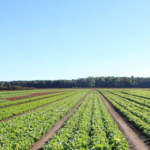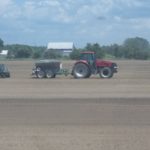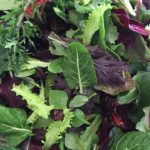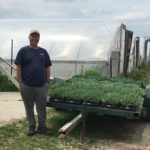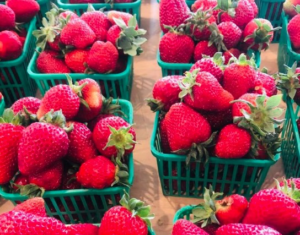Observations From the Field
Farmer to Farmer
Scientific research supports and demonstrates many unique benefits wollastonite use has on a wide range of crops and soil types.
We collect and summarize observations from growers using Canadian Wollastonite. Feel free to contact us with your experience or questions.
Wollastonite In the soil
Benefit |
Crop |
Result |
| Longer Shelf Life | Lettuce, Cauliflower, Broccoli, Cabbage, Strawberries | Less spoilage, better inventory management |
| Increased Yield | Annual Herbs, Spinach, Lettuce | More cuts in with and without comparison, better regrowth |
| Extended Length of Harvest | Kale, Collards | Increased yield per bed foot and profitability |
| Enhanced root growth | Lettuce, Tomatoes, Chinese Cabbage, Spinach | Observed in with and without comparison |
| Reduced lodging | Peppers | Reduced labour cost, improved fruit yield and quality |
| Reduced damage from slugs | Salad Greens, Cabbage, Broccoli, Cauliflower | Drastically reduced slug presence and damage |
| Less crop loss to disease | Strawberries, Tomatoes | Extended the harvest period with less disease pressure which increased the profitability of the crop |
| Longer Shelf Life | Lettuce, Cauliflower, Broccoli, Cabbage, Strawberries | Less spoilage, better inventory management |
| Reduced transplant shock | Mixed vegetables | Seedlings recovered faster, better quality overall |
Farmer & Grower Profiles
|
_________________ |
Droogendyk Market Garden, South-Western Ontario |
|
_________________ |
Fairgreen Sod Farms, South-Western Ontario |
|
|
Neubrand Produce, South-Western Ontario
|
|
|
Van Elswyk Farms, South-Western Ontario
|
|
|
Raymont Berry Farm, Essex, Ontario
|

